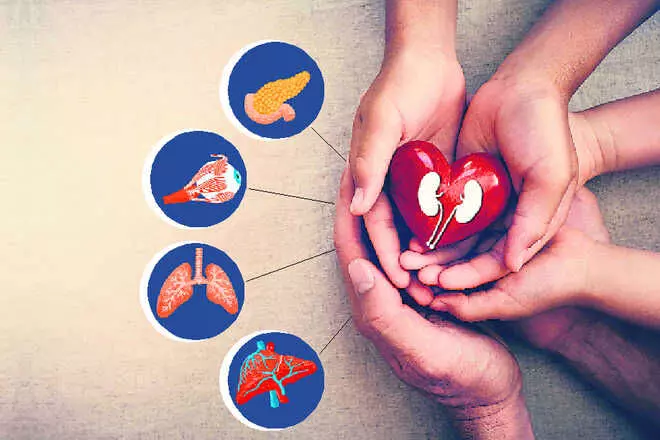TRENDING TAGS :
Not only in India but in world, women are far ahead of men in live organ donation
The report is based primarily on a study published in the Journal of Experimental and Clinical Transplantation. This study states that between 1995 and 2021, more than 5 times more men than women underwent organ transplant procedures. That is, out of 36,640 organ donations made during this period, only 6,945 (18.9%) women were recipients of organ donations.
In India, 80 percent of living organ donors are women, whereas their number is only 18.9 percent among organ recipients.
This has been revealed by the recent report of the National Organ and Tissue Transplant Organization (NOTTO).
The report is based primarily on a study published in the Journal of Experimental and Clinical Transplantation. This study states that between 1995 and 2021, more than 5 times more men than women underwent organ transplant procedures. That is, out of 36,640 organ donations made during this period, only 6,945 (18.9%) women were recipients of organ donations.
Many doctors also hold the pattern of liver and kidney diseases in men and women responsible for this gender imbalance. Generally, men consume more alcohol and hence their chances of liver and kidney damage are higher.
According to the report, the social conditioning of both men and women in India is different. It is easier for a man to refuse organ donation than for a woman willing to donate.
Women have the responsibility of caring and nurturing, even if this work poses a risk to their own well-being. But there is no such social pressure on men. Rather, the man is primarily responsible for earning money for the entire family, so the woman is under pressure to donate organs to save the man's life, even while putting themselves at risk.
Experts say that the imbalance in donor cases is not just a matter of gender. In this, a clear imbalance of rich-poor and age can also be seen. Unless the donor is from the same family, the organ donor is almost always poorer than the recipient. Also, the donor is often younger and the recipient older.
These factors of disparity among organ donors are true for most developing countries, where men are more powerful than women. This pattern can also be seen in most 'developed' countries like America. According to a study by the University of Gittingen, in America, in 1988, women were donors in 55 percent of the cases, whereas in 1998, this number had increased to 58 percent.



